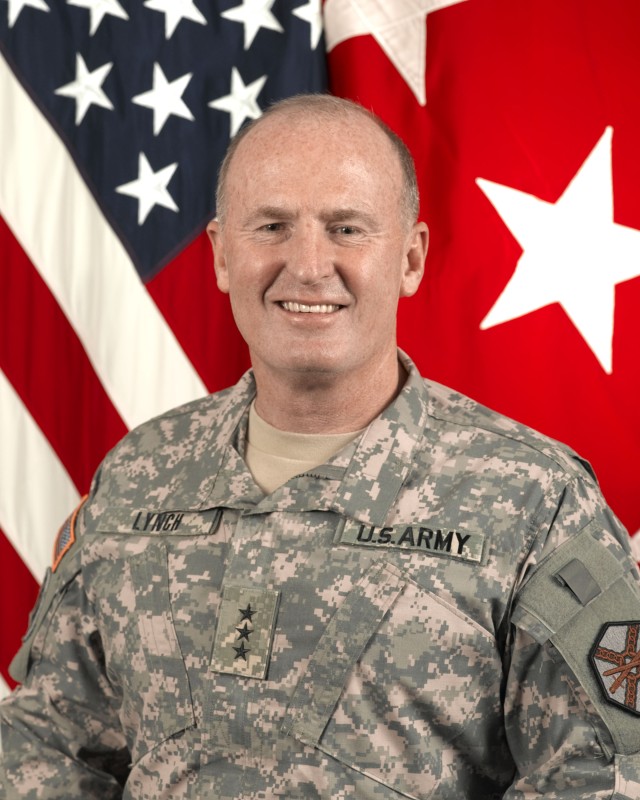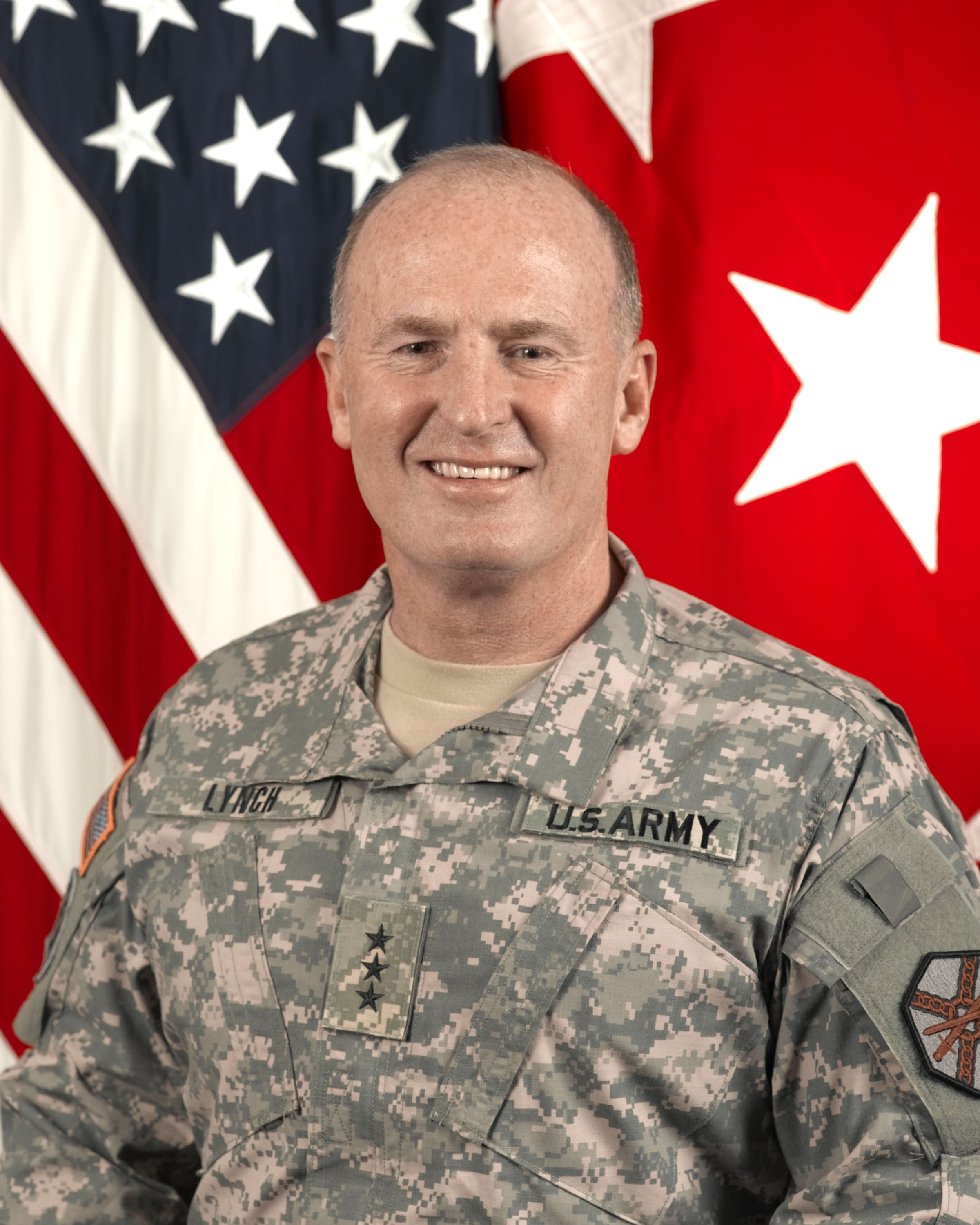WASHINGTON, D.C. -- As the Assistant Chief of Staff for Installation Management, one of the most important duties I have is overseeing the Army Family Action Plan process.
The AFAP is the Army's grassroots effort in which members of the Army Community (Soldiers, civilians, families and retirees) identify and elevate significant quality of life issues affecting the Army community to senior leaders for action. The AFAP is also a key component of the Army Family Covenant because it gives commanders and other Army leader's insight into needs and expectations of the Army community.
Simply stated, AFAP is a voice for the Army community to inform and partner with Army leaders to determine if we're doing the right things, whether we're doing things right and to find out what we're missing.
I want you and every member of the Army community to know about the AFAP, understand how it works and to become a partner in the process. The AFAP allows you to communicate with and receive feedback from the most senior military and civilian leaders of the Army and Department of Defense about issues important to the health and well-being of Soldiers, civilians and family members.
Here's how it works: The AFAP is a year-round process that begins on installations where representatives of the community meet in forums to identify, develop and prioritize issues they believe are important to maintain a good standard of living for the Army community. Approximately, 90 percent of the AFAP issues that emerge are resolved at the local level and result in ongoing community improvements.
However, some issues require support beyond the local level. Those issues are elevated to mid-level (Army command) AFAP conferences. Issues that require the attention of higher-level authorities go to the Headquarters Department of the Army AFAP Conference, where delegates from across the Army determine which issues will be worked by the Army staff.
The AFAP General Officer Steering Committee, comprised of senior DoD officials, Army leaders and field representatives (commanders and command sergeants major), meets every six months to provide senior leader direction on action plans, milestones and resolution of AFAP issues.
In the six months since the last AFAP GOSC meeting, functional representatives from the DA staff and I have met for six AFAP sessions, reviewing 86 active AFAP issues. During those sessions we studied the history and latest developments for each issue, then decided on a recommended status (remain active, complete, or unattainable) to present to the AFAP GOSC for consideration.
After I present our recommendations to the GOSC on 30 June, we will determine the next steps and status for each issue. The results from this GOSC, as well as previous GOSC meetings, are available on the new and improved AFAP website.
The AFAP Website is conveniently located in Army OneSource (www.myarmyonesource.com) to provide the Army Community with easy one-stop-shopping for Army information, including meeting results from the January GOSC and previous meetings.
The AFAP website has been improved by the addition of the Active Issue Search Application. This new feature allows users to search the status of all issues using several filter options, such as keywords, issue status, service component, subject, demographic group, command and more.
The Army is dedicated to building awareness of AFAP across the Army and ensuring everyone has full access to AFAP recommendations and accomplishments and knows how to become a partner in the process.
As the ACSIM, I am committed to ensuring all AFAP recommendations are thoroughly analyzed to determine if they are realistically achievable based on factors such as, Congressional support, cost and other factors. I am also committed to ensuring that the GOSC provides the Army community with the results of our analysis and decisions as quickly as possible. This is important work. Previous recommendations submitted through the AFAP process have had very positive and wide-reaching affects for the Army community. For example:
2009 - Distribution of Montgomery GI Bill benefits approved for dependents;
2008 - Military annual leave carryover increased from 60 to 75 days;
2007 - Established toll-free Wounded in Action phone number; improved communication to families.
As you can see, the AFAP has an excellent record of success. Some 117 AFAP recommendations have resulted in legislative changes; 162 resulted in Department of the Army policy changes; and 178 improved programs or services.
But our work is not complete. The following is just a sample of the AFAP recommendations we will be working on at the next GOSC:
* AFAP Issue Recommendation #610. Establish a comprehensive integrated rehabilitative program for Traumatic Brain Injury patients at military Medical Centers of Excellence.
* AFAP Issue Recommendation #653. Fund a formal program to provide service dogs for Wounded Warriors.
* AFAP Issue Recommendation #658. Install visual monitoring systems for surveillance of hallways, common areas and parking lots, and require keyless entry and peep holes in barracks across the Army.
* AFAP Issue Recommendation #647. Require the availability of 24/7 child care for all age groups through Child, Youth and School Services delivery systems at all Army garrisons.
Now that you know more about this grassroots process that was created to enable the Army Community to collaborate with leaders, from the installation level to congress, get involved! I encourage you to go to the AFAP website and view the status of the 86 active issues. I also challenge you to become a partner with us in our continuing effort to improve our Army by contacting your garrison AFAP Program Manager within Army Community Service and becoming a volunteer, participating in an AFAP forum, or submitting an AFAP issue.
Your contributions to the AFAP provide real-time information that enable commanders to respond more rapidly to resolve problems, implement good ideas, guide policy formation, and enhance Soldier, civilian and family well-being and installation readiness.


Social Sharing